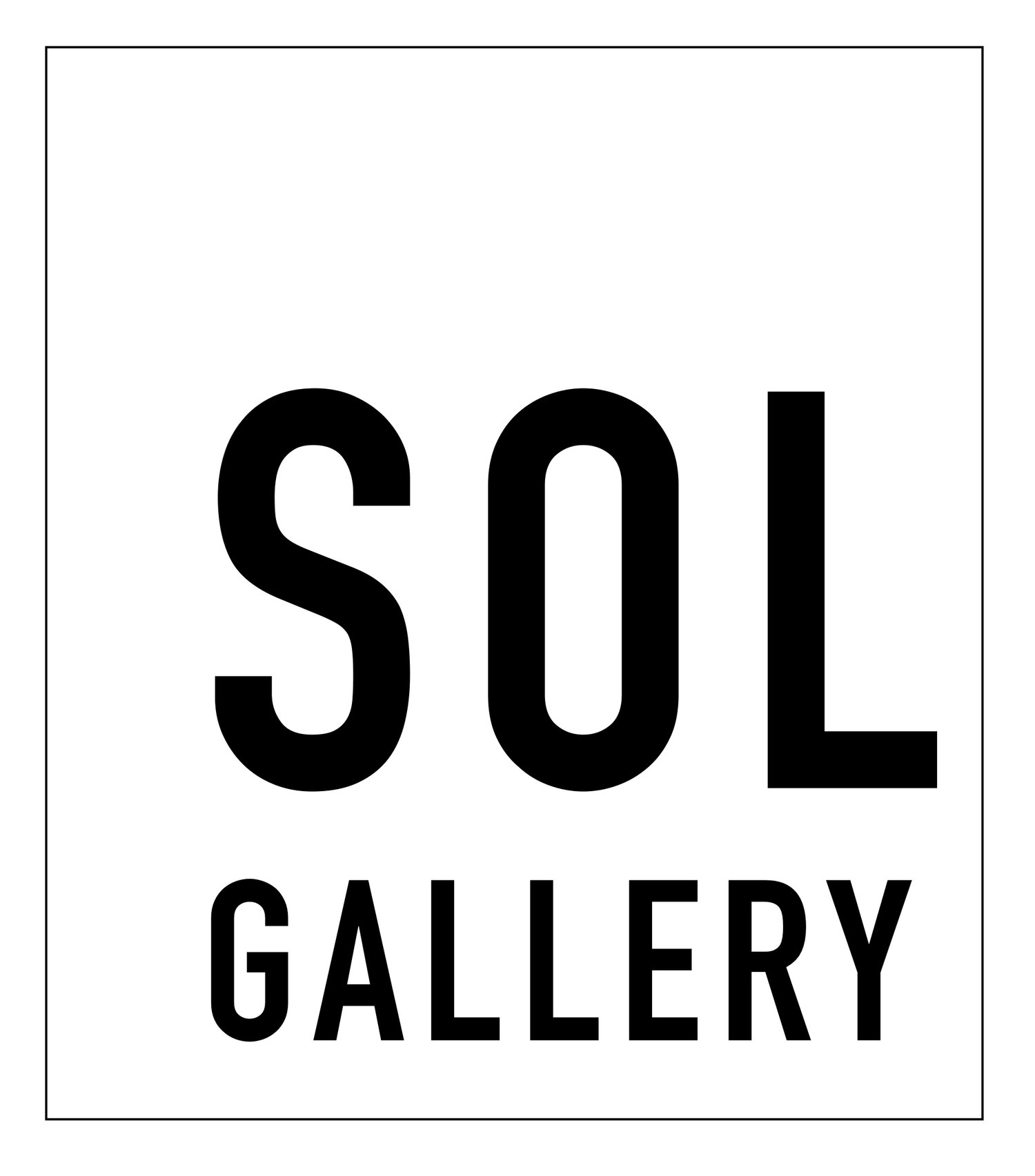SPACE 2 : The Indistinct Ephemera of Now
Exhibition dates. 10 - 22 Dec 2024
Opening Reception : Thursday 12 Dec 2024, 6:00 - 8.30pm
THE INDISTINCT EPHEMERA OF NOW
The Indistinct Ephemera of Now includes work by Ingmar Apinis, Sue Beyer, Linda Loh, Simon Rankin, Angela Rossitto who all make work informed by postdigital, post internet and post AI concerns.
In an increasingly digitised world, we ask what it is to be human. The artists in this exhibition find common ground in ideas that point to “a cultural change that is occurring and an attempt to understand the ways in which technology shapes the things we make, as well as the ways in which we in turn perceive these things” (Paul 2023, 251). Topics like climate change, financial inequalities, the internet, social media, and the advent of AI, are a part of today’s dominant cultural mode and can be collectively referred to as the Metacrisis. Despite this bend in history, a sense of hope prevails in the work these artist’s make.
Ingmar Apinis speculates on the types of physical artifacts contemporary society might leave beyond for the humanities of some dystopian future. In his book, New Dark Age, artist and writer James Bridle discusses how global warming threatens the servers and wi-fi signals we depend on to access this network. Imagine if the internet suddenly became defunct and billions of cat videos and memes evaporated into the clouds. How would online culture be remembered historically?
Sue Beyer uses an interdisciplinary approach to focus on ideas relating to Instruction-based Art, transformation and the in-between. She joins disparate objects and mediums to create digital combines, a new genre that uses the metadata in a blockchain smart contract as a conceptual glue. Her work tells personal stories and makes meaning through a type of oscillation; a central idea found in Metamodernism.
Linda Loh has an experimental, process-oriented digital arts practice. She is preoccupied by ideas around light-based phenomena and subsequent connections to integral philosophy and psychology. Engaging a variety of software tools, she distorts and transforms photographs and videos that mostly originate from everyday light sources.
In Simon Rankin’s work we encounter creature-like anthropomorphic portraits. These portraits capture potential AI entities that could be powering chatbots, drone pilots, or autonomous machines. By imagining the familiar and foreign, “Specimens” considers implications of ceding control to rapidly advancing computational intelligence.
Angela Rossitto, an installation artist and sculptor, is currently investigating the human need to connect. Rossitto’s work emerges from a methodology of following materials.















